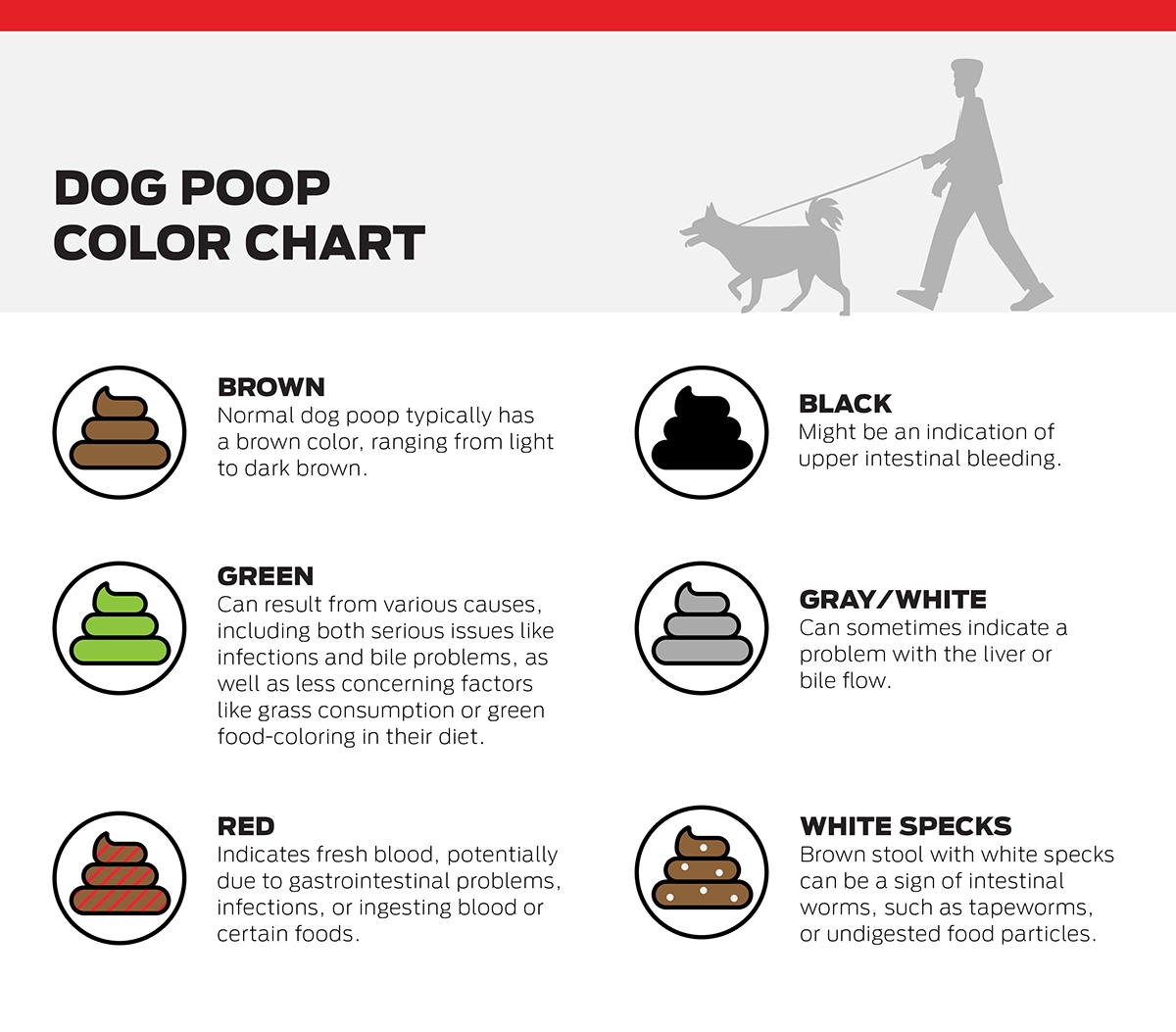Dog owners know that keeping an eye on their pet’s health is essential for their overall well-being. One crucial aspect to pay attention to is the color of your dog’s poop. The color of your dog’s stool can give you valuable insights into their digestive health and any potential issues they may be experiencing.
By regularly checking your dog’s poop color, you can quickly identify any changes that may indicate a problem. This simple practice can help you catch health issues early and ensure that your furry friend receives the necessary care.
Dog Poop Color Chart
Here is a helpful dog poop color chart to guide you in understanding what different colors may mean for your dog’s health:
- Brown: This is the most common and healthy color for dog poop. It indicates that your dog’s digestive system is functioning properly.
- Green: Green poop may be a sign of your dog eating too much grass or having a minor digestive upset. Keep an eye on their poop to see if the color returns to normal.
- Yellow: Yellow poop can indicate a problem with your dog’s liver or gallbladder. If you notice consistent yellow stool, it’s best to consult your veterinarian.
- Black: Black poop may suggest internal bleeding or the presence of blood in the upper digestive tract. This is a serious issue that requires immediate veterinary attention.
- Red: Red poop can be a sign of bleeding in the lower digestive tract. It’s essential to seek veterinary care if you notice red stools in your dog.
It’s important to note that the color of your dog’s poop can also be influenced by their diet, medications, and overall health. Always consider any recent changes in your dog’s routine or diet when assessing their stool color.
Regularly monitoring your dog’s poop color and consistency can help you stay on top of their health and detect any issues early. If you notice any concerning changes in your dog’s poop, don’t hesitate to consult your veterinarian for further guidance and care.
Remember, your dog’s poop color is a valuable indicator of their digestive health, so make it a habit to check regularly and take action if needed to ensure your furry friend stays happy and healthy.
